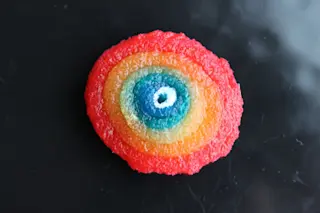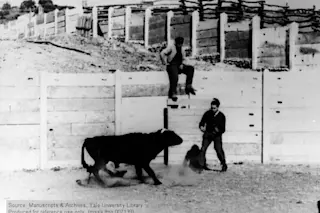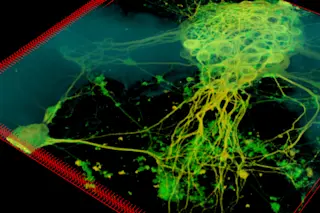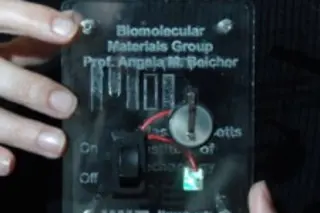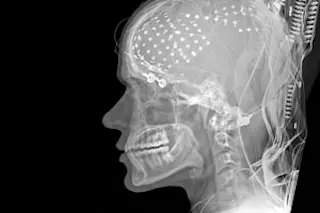Researchers constructed functioning 3-D brain tissue using this doughnut-shaped scaffold. Credit: Tufts University
You may have heard someone's memory praised with the saying "You have a brain like a sponge." Well, here’s a twist: a sponge that’s like a brain.
A research team from Tufts University in Boston constructed a functioning 3-D brain model by seeding spongy silk scaffolds with mouse neurons. The researchers’ model was a happy home for cells, since it was a 3-D, layered environment that mimicked the structure of the real thing. It also functioned like the real thing. Researchers say their model will serve as a useful, nondestructive way to study, in real-time, traumatic head injuries such as concussions.
Growing artificial brain tissue isn’t new: neurons are routinely grown in a 2-D environment such as a petri dish. However their complex branching structure is nearly impossible to replicate in a flat environment. To provide a ...


